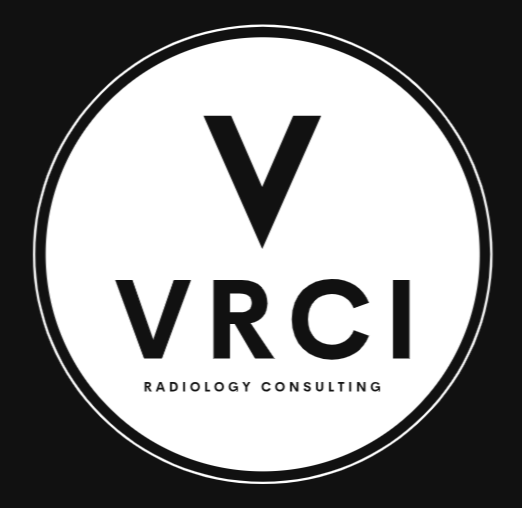
Partnership Tracks and Compensation
Victoria is a growing city, but we also recognize it to be an expensive one. Our practice is complex, and also supports many organizational aspects of operations with our care partner organizations apart from reporting cases. Transitioning into a large organization takes time, time to learn the system and other providers, but we encourage our junior partners to take on active roles in our organization pretty quickly.
A few years ago, we surveyed hiring practices among Western Canadian radiology practices with the goal of being more competitive in attracting talented radiologists. What we found in other Western Canadian practices (ask them yourself and let us know if things have changed):
- Starting compensation in first year varied from 50% to 85% of full partner compensation, with some at a fixed daily rate not tied to billings.
- Time as an associate varied from one year to three years
- Physician owned private practices had substantial financial buy-ins, with some groups charging buy-ins despite not owning any physical assets
- Many had tiered partner compensation ranging from 3 years to 8 years to reach maximum compensation
We believe our starting compensation is highly competitive, and our short partnership track to full compensation adequately values the new insights and innovations new minds will bring to our group.
Partnership Track Compensation
We support many different clinical rotations in our practice that have specific rotation responsibilities, each is awarded a certain number of work units.
Work units are paid out as a portion of billings less operation expenses over a pay period.
YEAR 1: Associateship Year
- Scheduled work units are payed at 85% of partner pay.
- Any extra shift picked up outside of regular schedule (i.e. volunteering for extra weekend shifts not previously scheduled), are paid at 100% partner pay.
- Vacation for Associate Year Physicians is a minimum of 8 weeks, maximum of 12 weeks
Transition to Full Partner
- Associate partnership track radiologists will receive 6 month review feedback from the medical director.
- A formal clinical audit of their work will be conducted by modality leads between 9-12 months after starting.
- Associates are advanced for a vote for full partnership approximately one year after starting at the next monthly general radiologist meeting.
YEAR 2: Full Partner Compensation
- Every partner participating in call from year 2 onwards in practice receives 100% compensation for all work units
- No super partners, no tiered levels of compensation
- No buy-in: We don’t own any physical assets, so we do not charge partners large lump sums to join the group.
- Some senior partners have opted out of call, they retain voting rights but all work units are compensated at 85%. This arrangement is not offered to everyone and subject to approval of the group executive, manpower permitting.
Preferred Contractor Compensation
We have been approached by individuals wishing to split their commitments with another organization but maintain a standing amount of work with our group for a certain number of weeks per year. Such an arrangement is usually preceded by short term Locum Tenens work. These individuals do not retain voting rights but are entitled to a predictable amount of work, subject to renewal on an annual basis.
- Preferred contractor participating in call is compensated at 90% of a full partner per work unit
- Preferred contractor NOT participating in call is compensated at 80% of a full partner per work unit.
- Preferred contractor MUST provide four weeks of availability over the summer vacation period.
Why is our starting compensation so high and our track to full compensation so short?
Many mid-career radiologists may struggle with a substantial drop in income to start over when they are already a full partner elsewhere. Victoria is also an expensive city, and this may intimidate some new graduates or established radiologists from seeking work here.
By starting with a very competitive compensation, we feel we adequately value the new insights these new talents will bring to our organization.
While new hires fresh out of training may take more than two years to reach maximal productivity, we feel their contributions to our organization are still valuable, and should still be supported.

